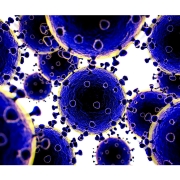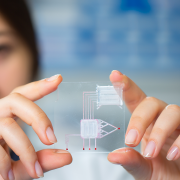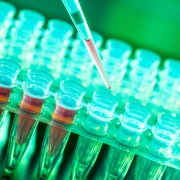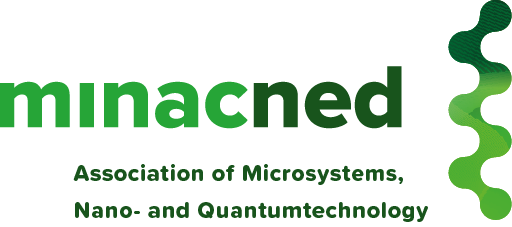Cardiovascular diseases, such as coronary heart disease, are the largest cause of death worldwide, now and in the coming decade. The financial impact on society and our healthcare system is huge, since current treatments are less than optimal. A precisely designed blood vessel that fits the patient at a cellular scale will prevent long-term complications that currently trouble the use of a synthetic graft.
Designed to mimic the native blood vessels
A common treatment option for cardiovascular diseases is to replace the damaged blood vessel with a synthetic graft. However, this approach often fails due to uncontrolled tissue growth in the problematic area. The currently used vascular grafts are significantly different from the native blood vessels found in the human body. In particular, these grafts lack the complex structural and mechanical characteristics of blood vessels, which from biological point of view are essential for a proper functioning of the vascular cells. In other words, design is a missing link and may be a key factor in the development of successful cardiovascular solutions.
Steering biology using rational material design and processing
Recent technological advances in the fabrication of biologically-compatible materials, in particular by using cutting-edge 3D printing technologies, offer opportunities for grafts with precisely designed and controlled architectures at the (sub-)micrometer scale – smaller than the size of a human cell. A rational design of the graft structure at such small scale prior to its implantation, will make it possible to direct the biological processes in the body and thereby to replicate the complexity and functionality of the living blood vessels. This innovative idea is exactly what will be explored in the project “Advaessel: Advanced materials processing and design for regenerating blood vessels”, which is one of the finalists of HiTMaT 2020.
Joining forces to bring the design to the patient
The project proposes a multidisciplinary collaboration of experts in the Netherlands and Europe in the fields of advanced material design and processing, vascular biology, and tissue engineering. Furthermore, the team will engage enterprises and a national network of clinical partners and medical advisors to ensure a smooth translation to the end users. The outcome is expected to make a leap into a new generation of functional, fully resorbable implants for cardiovascular applications.
Collaboration partners: Eindhoven University of Technology (Dept. Biomedical Engineering), University Medical Center Utrecht (Dept. Orthopaedics) and Corbion.
Source: Holland High Tech news










Plaats een Reactie
Meepraten?Draag gerust bij!